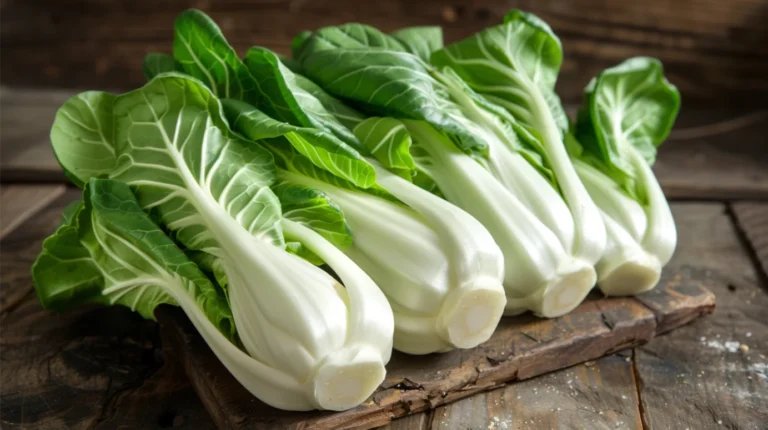Utilizing Cold Frames in Your Garden: A Comprehensive Guide

Are you eager to extend your growing season but lack the space or resources for a traditional greenhouse? Look no further than a cold frame. Providing a cost-effective and space-efficient solution, cold frames are a popular choice among gardeners looking to prolong their growing season by harnessing the power of a microclimate.
A cold frame is a simple structure comprised of four walls and a transparent top that allows sunlight to filter through. This mini greenhouse creates a warm environment ideal for cultivating plants that struggle in cold or freezing conditions. Picture it as your very own magical garden box.
Eliot Coleman, a renowned authority on cold frames, aptly describes them as one of the most valuable tools in a gardener’s arsenal. Highlighting the immense potential of cold frames in his book, “Four Season Harvest,” Coleman’s insights underscore the transformative impact these structures can have on your gardening endeavors.
Are you curious to explore the possibilities of incorporating a “magic box” into your gardening routine? Below, we will delve into the diverse applications of cold frames and provide expert tips to help you maximize their benefits.
5 Innovative Uses of Cold Frames in Your Garden
- Starting Seeds
- Hardening Off Seedlings
- Growing Cold-Hardy Plants During Fall and Winter
- Extending the Growing Season
- Overwintering Dormant Plants
What Constitutes a Successful Cold Frame Setup?
To optimize the functionality of your cold frame, consider the following factors:
- Location: Place your structure in an area that receives ample sunlight, ideally the south side of buildings to maximize exposure.
- Design: Strike a balance between the height of the walls to ensure sufficient light penetration while accommodating plant growth.
- Construction: Choose materials that offer adequate insulation to retain warmth, such as brick or concrete. Opt for a clear lid that can be hinged for convenient access.
When utilizing your cold frame, implement insulation strategies like surrounding the structure with straw or soil, and spacing plants closely together to enhance temperature regulation.
1. Starting Seeds
Cold frames are a valuable asset for kickstarting your seedlings in the spring. While heat-loving plants like tomatoes and peppers are best initiated indoors or in a greenhouse, cold frames offer a protective environment against frost. Begin germinating cold-weather seeds such as beets, carrots, and lettuce in your cold frame, ensuring consistent moisture levels and occasional ventilation to prevent overheating.
Featuring the advantage of streamlining the hardening-off process, cold frames enable a seamless transition for seedlings from indoor environments to the outdoors. Gradually acclimate seedlings to external conditions by incrementally exposing them to sunlight over a period of one to two weeks.
2. Hardening Off Seedlings
Amidst the complexities of hardening off seedlings, a cold frame stands out as a reliable solution. By permitting controlled exposure to climatic elements, you can prepare your plants for the challenges of external environments without the hassle of relocating pots. Simplify the hardening-off process by adjusting lid openings to regulate sunlight exposure and incorporating shade cloth as needed to shield sensitive seedlings.
3. Grow Cold-Hardy Plants During Fall and Winter
Enhance your winter gardening endeavors by capitalizing on the resilience of cold-hardy plants like lettuce, spinach, and radishes. Utilize your cold frame to cultivate these robust varieties throughout the colder months and relish the bounty of fresh produce well past the holiday season. Implement soil amendments and mulching techniques to optimize growing conditions within the cold frame and adapt to the unique needs of plants thriving in chilly environments.
4. Extend the Growing Season
Unveil the potential of extending your growing season by strategically deploying a cold frame to foster plant growth beyond the limitations of natural conditions. For crops requiring extended periods of warmth, such as tomatoes and peppers, leverage your cold frame to facilitate optimal growth. By vigilantly monitoring temperature fluctuations and adjusting lid openings, you can orchestrate a conducive environment that encourages plant development and mitigates the impact of frost.
5. Overwinter Dormant Plants
Unlock the full potential of overwintering dormant plants by harnessing the protective enclosure of a cold frame. Perennials like fuchsias and geraniums can thrive year-round with the right care and maintenance. Safeguard these tender specimens by trimming them back, planting them in the ground within the cold frame, and implementing insulation methods to shield them from harsh winter conditions. Regulate water intake and light exposure to foster healthy growth during dormancy, ensuring your plants emerge rejuvenated in the spring.
Conclusion: Embracing the Versatility of Cold Frames
In essence, cold frames serve as a versatile tool in the gardener’s repertoire, offering myriad benefits for extending the growing season and nurturing a diverse range of plants. By incorporating these structures into your gardening routine, you can elevate your horticultural endeavors and cultivate flourishing crops year-round.
How do you utilize your cold frame? Are you focused on hardening off seedlings, starting seeds, or maintaining a vibrant winter garden? Share your experiences and insights in the comments section below and embark on a journey of discovery with fellow gardening enthusiasts.
For additional resources on optimizing your gardening practices and extending the growing season, explore our supplementary guides:
- How to Avoid 11 Common Greenhouse Mistakes
- How to Grow Fruit Trees in a Greenhouse
- Extend the Season and Keep Pests Out with Floating Row Covers
Embrace the transformative potential of cold frames and embark on a journey of innovation and growth in your garden. Harness the power of microclimates and elevate your gardening experience to new heights with this invaluable tool.





